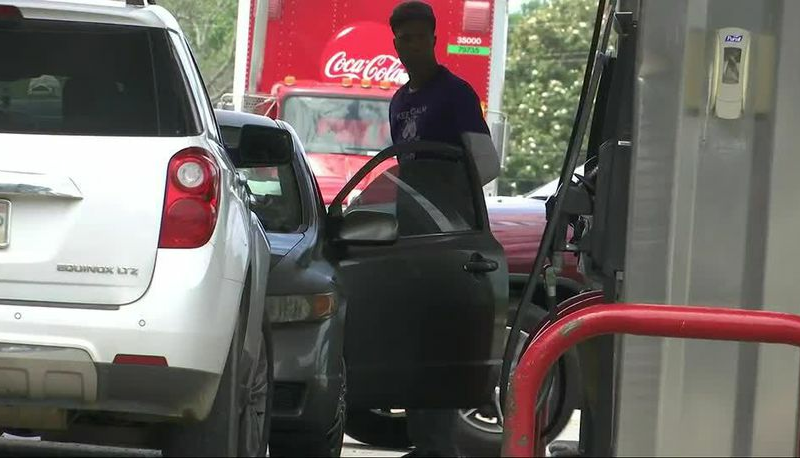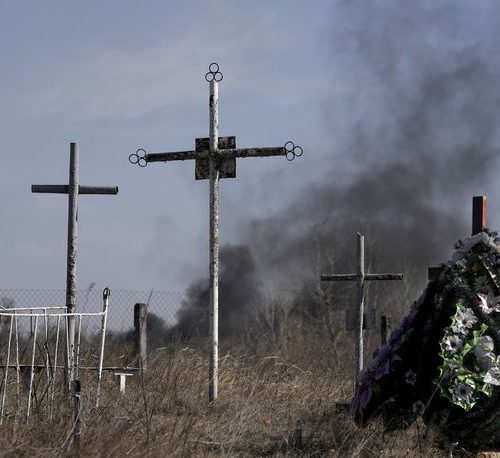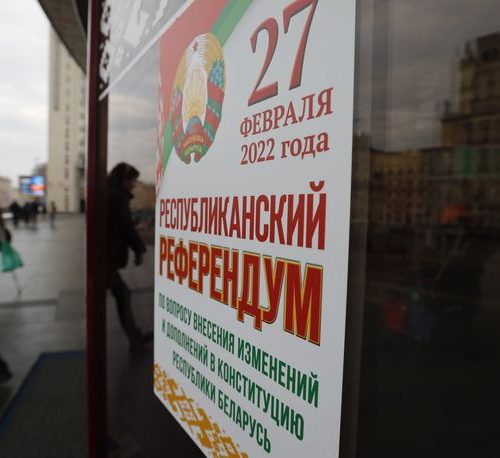By Kelly Yamanouchi, The Atlanta Journal-Constitution
Troy Warren for CNT
As thousands of Georgians take off for Fourth of July road trips, gas prices are reaching levels not seen at this time of year since 2014.
Prices at the pump haven’t spiked as much as they did earlier this year during the Colonial Pipeline shutdown. Still, they are 4 cents higher than last week and up about 95 cents from a year ago.
In metro Atlanta, the average gas price was $2.91 a gallon on Friday morning, similar to levels last week and up about 94 cents from a year ago, according to GasBuddy.
Nationally, gasoline averaged $3.13 a gallon.
With the number of COVID-19 cases plummeting, “demand for gasoline has soared,” said Patrick De Haan, head of petroleum analysis at GasBuddy. “That’s the primary reason gas prices are higher this year” compared to the cheap gas of last year when the pandemic kept many people at home.
AAA forecasts a record 43.6 million Americans will take road trips during the Independence Day travel period from Thursday through Monday. That includes nearly 1.4 million in Georgia — up 29% from last year.
AAA said it expected the highest Fourth of July road trip gas prices since 2014.
Still, industry analysts don’t expect that to be a deterrent to traveling.
“Americans are feeling better. People are driving, and high gas prices are going to do little to change their minds,” said De Haan.
Nationally, “gas prices are not too much higher” than in 2018 and 2019, he said.
Prices in the Atlanta area are still lower than the more than $3 per gallon prices seen during the Colonial Pipeline shutdown in May. The record for gas prices was in 2008, when it cost an average of more than $4 a gallon to fill up.
A key driver of the higher prices compared with past years is that gasoline supplies this summer have not increased as quickly as demand.
When demand for gasoline dropped early on in the pandemic, oil prices went negative for the first time in history and “those calamities brought oil companies to their knees,” driving them to lay off thousands of workers and shut down a significant portion of their crude oil production, De Haan said.
Oil supply is still about 2 million barrels below pre-COVID levels, making U.S. oil production 17% lower, he said. De Haan says another problem is a lack of enough truck drivers to keep up with deliveries.
While there’s less oil supply, demand for gasoline is nearly normal, De Haan said. “That’s why oil prices are up and that’s pushed gas prices up.”
In Other NEWS



































